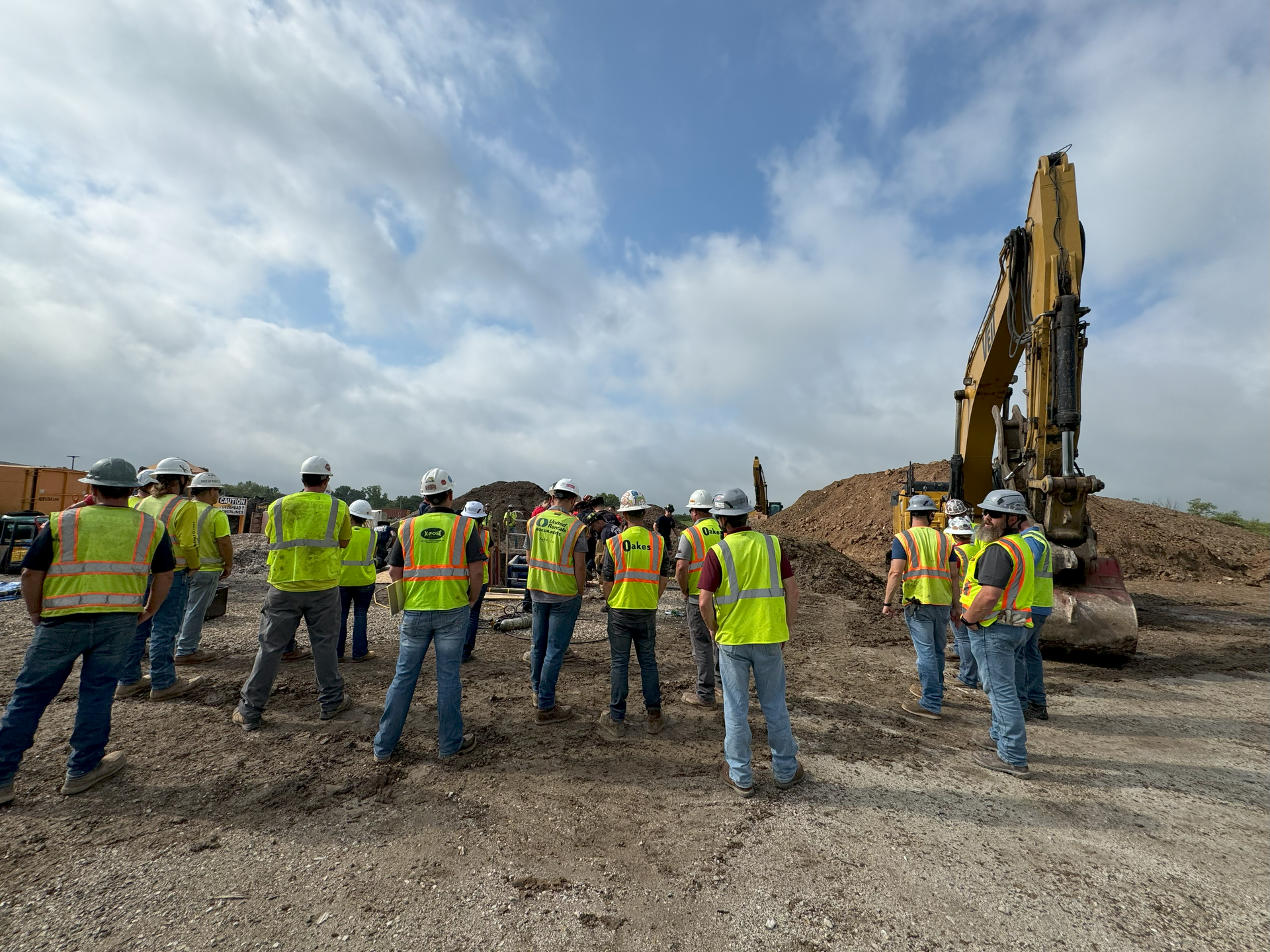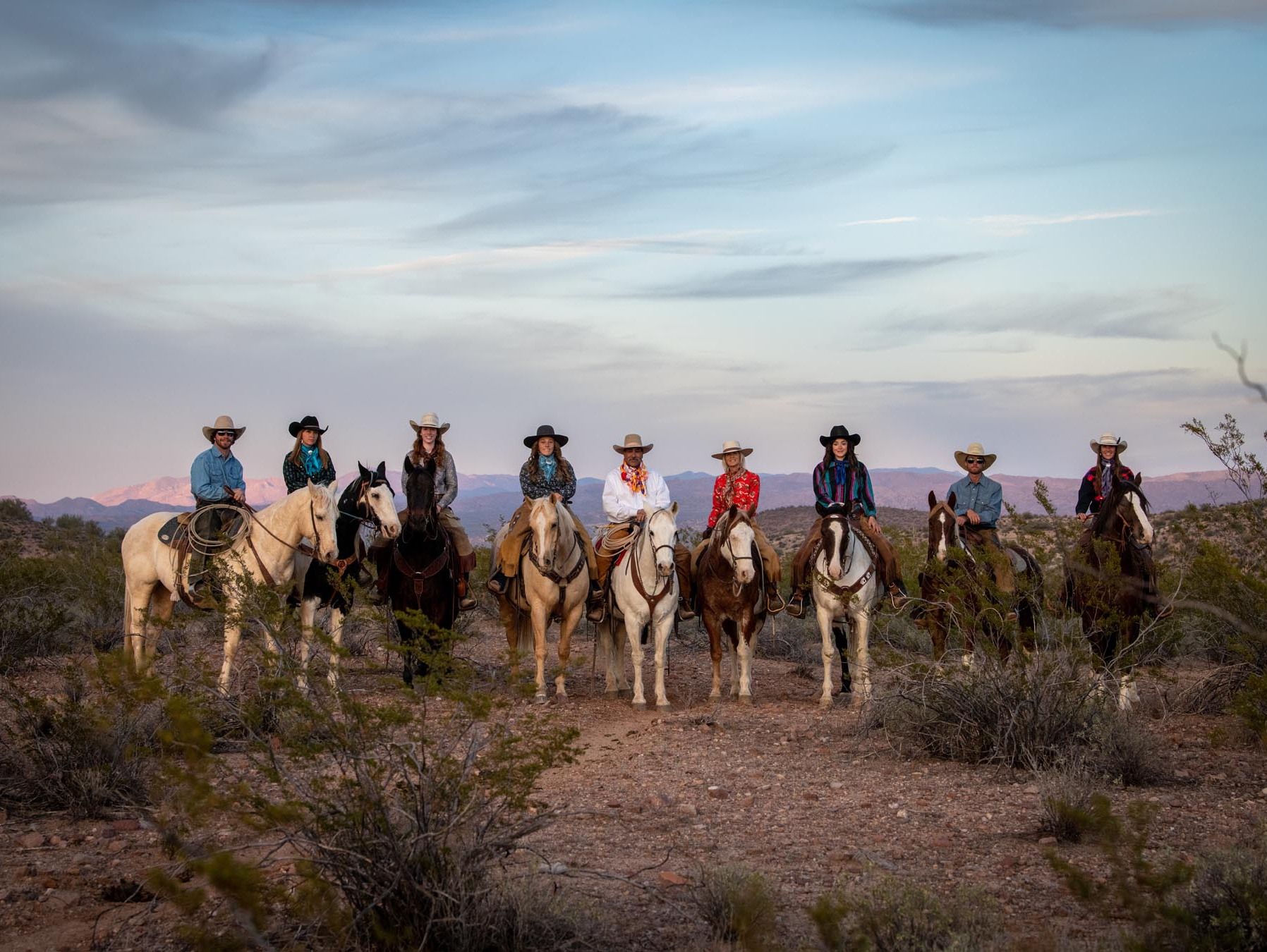Key Components of Safe Rigging Practices
March 25, 2025
This information is the result of a presentation at WUCA's Safety & Insurance Committee Meeting by Sal Proite of Superior Lifting Specialists, Inc. These notes are not intended to be comprehensive and we would recommend specific training on the equipment you utilize.
Thorough Equipment Inspection
Before any lifting operation, inspect all rigging equipment meticulously:
- Slings and Hardware: Ensure they are free from defects and have legible identification tags.
- Nylon Slings: Look for tears, frayed threads, or knots, which can compromise strength.
- Chain Slings: Check for elongation and ensure hammerlocks pivot correctly.
- Hooks (e.g., Crosby Hooks): Inspect for visible bends, twists, or open clips. Ensure the load point is centered to prevent latch failure.
If any equipment lacks proper identification or shows signs of wear, remove it from service immediately. Some items can be repaired and retagged, but always assess the cost-effectiveness and safety implications of repairs versus replacements.
Accurate Load Weight Assessment
Understanding the weight of the load is crucial:
- If the weight is unknown, halt operations until accurate information is obtained through documentation or consultation.
- Ensure the load's center of gravity is directly beneath the top suspension point to minimize swinging or shifting during lifts.
Proper Sling Angle Utilization
The angle at which slings are attached affects their load-bearing capacity:
- Two slings at a 90-degree angle can support up to 200% of the sling's rated capacity.
- At a 60-degree angle, the capacity reduces to 100% of the sling's rating.
- Always calculate and adjust sling angles to maintain safe load limits.
Adherence to OSHA Standards
Compliance with OSHA regulations is mandatory:
- Inspection Requirements: Rigging equipment must be inspected before each shift and during use as necessary to ensure safety.
- Identification Markings: Equipment must have permanently affixed and legible identification markings indicating the safe working load.
- Load Limits: Never exceed the recommended safe working load as prescribed by the manufacturer.
Additionally, for underground construction, OSHA's 29 CFR 1926.800 outlines specific safety measures, including the prohibition of employees working under suspended loads and the requirement for pre-planned suspended load routes to keep employees clear of hazards. OSHA
Conclusion
Rigging in underground construction demands meticulous planning, rigorous equipment inspection, and strict adherence to safety protocols. By implementing these best practices, contractors can significantly reduce the risk of accidents, ensuring the safety of their workforce and the success of their projects.





